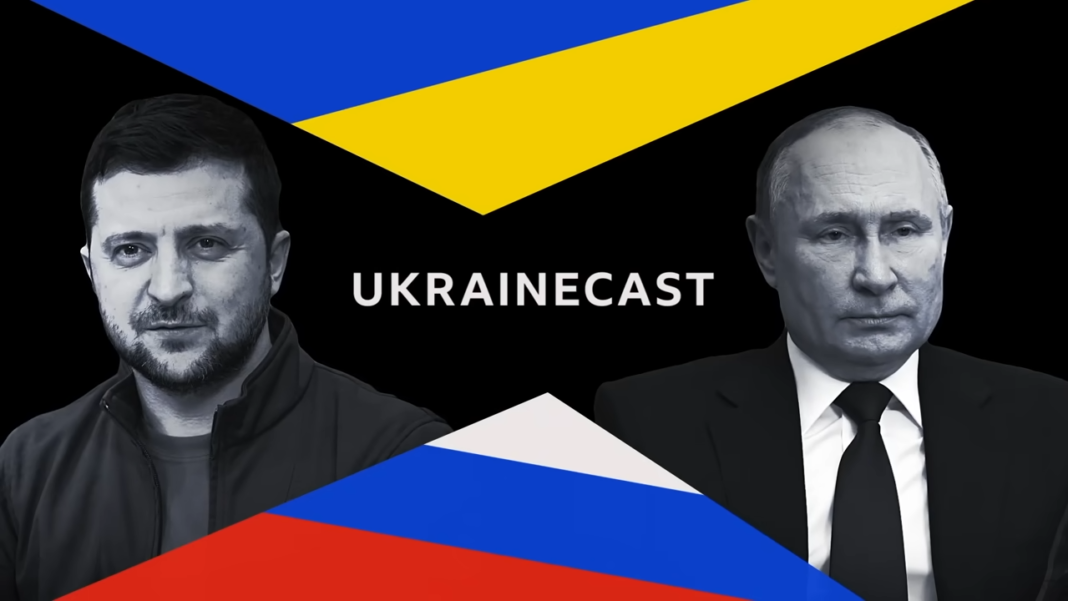The latest diplomatic discussions on the Ukraine conflict have sparked critical debates about the future of NATO, U.S. leadership, and European security. With growing uncertainty over America’s role, Europe faces a stark reality—should it forge a new security alliance, or does NATO still hold relevance?
Key Takeaways from the Saudi Arabia Meeting
U.S. Secretary of State acknowledged that resolving the Ukraine conflict would be a “long and difficult journey.” While emphasizing a “fair and enduring end” to the war, critics argue that the U.S. underestimates Russia’s broader ambitions.
Russia’s Intentions in Ukraine
Russia’s strategy remains clear—either to annex Ukrainian territory or establish a puppet government. This raises concerns about the feasibility of a negotiated settlement that maintains Ukraine’s sovereignty.
The Erosion of U.S. Leadership
Recent developments indicate a significant shift in America’s global stance. Former President Trump’s unilateral call with Russian President Vladimir Putin and discussions of peace talks outside Ukraine’s government signal the weakening of U.S. support for European security.
Implications for NATO and Europe
- The end of Pax Americana—America’s historical role as the guarantor of Western security is in question.
- NATO’s credibility is at risk as European nations now face the burden of self-defense.
- Increased European defense spending is necessary, but significant gaps remain.
European Response: Unity or Disarray?
Leaders in Paris reaffirmed the need for increased defense budgets, with Poland and the Baltic states leading the charge. However, major Western European nations like the UK, France, and Germany remain cautious about dramatic spending shifts.
The Risk of NATO Minus the U.S.
A European-led NATO without the U.S. is a daunting prospect. Russia may exploit disunity and weakened military deterrence, potentially escalating conflicts beyond Ukraine.
Can Europe Step Up?
For Europe to sustain NATO without U.S. leadership, it must:
- Increase defense budgets—aiming for at least 3% of GDP.
- Develop strategic autonomy—investing in independent military capabilities.
- Strengthen NATO’s eastern flank—ensuring a credible deterrence strategy.
- Create unified policy alignment—overcoming fragmented national interests.
Future Outlook & Strategic Considerations
Possible Outcomes
- A stronger, more independent NATO led by European nations.
- A fractured alliance, leaving Eastern Europe vulnerable to further aggression.
- U.S. re-engagement based on shifting political leadership.
Critical Questions for the Future
- Will European nations commit to higher defense spending despite economic strains?
- Can NATO remain a credible deterrent without U.S. involvement?
- How will Russia respond if Europe demonstrates military cohesion?
Conclusion
The transatlantic security landscape is at a turning point. Without firm U.S. leadership, Europe faces its most significant security challenge since the Cold War. Whether NATO survives and thrives depends on Europe’s willingness to adapt, invest, and unify against emerging threats.
Disclaimer
This article is based on publicly available discussions and does not reflect classified intelligence or policy decisions. All interpretations are analytical and do not represent official positions of any government or institution.
Alex Murphy is an investigative journalist who specializes in uncovering emerging business trends and technologies shaping the future.




